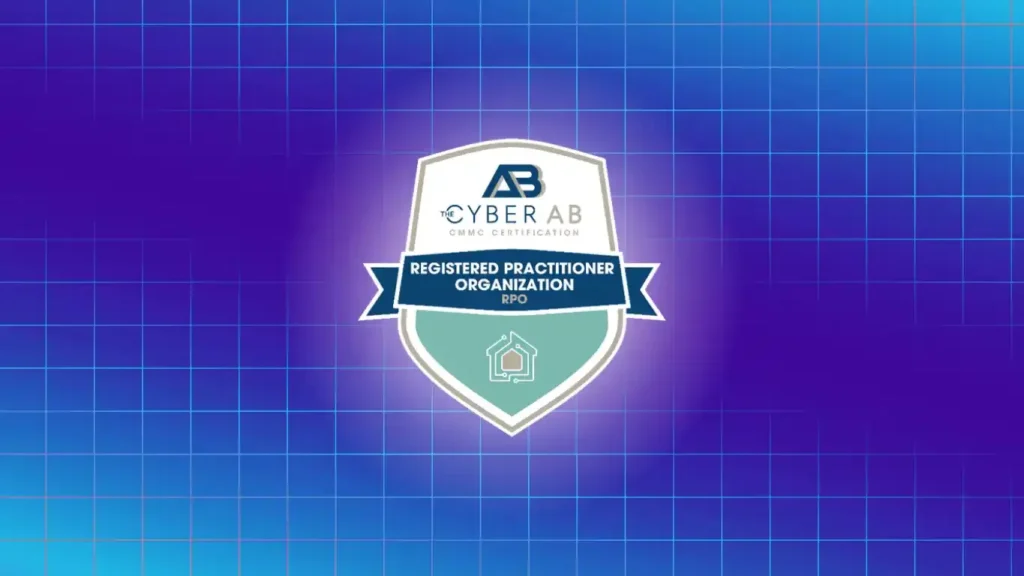CMMC assessments don’t just sneak up on a contractor—they’re planned, scheduled, and then suddenly feel way too close for comfort. Contractors gearing up for their CMMC assessment know preparation is key, but knowing what to ask their Certified Third-Party Assessor Organization (C3PAO) can make or break their readiness. The smartest ones ask sharp, direct questions that uncover more than just checklist answers.
What Specific Artifacts Will Your Assessment Team Expect On-Site?
Documentation drives the CMMC assessment process, but clarity on what to have ready matters more than collecting everything under the sun. A smart contractor asks their C3PAO to list out the artifacts their team expects to see in person. This might include system security plans, incident response records, access control policies, or even screenshots of technical configurations. Each CMMC level—especially CMMC level 2 requirements—has different expectations, so guessing is never a good plan.
More often than not, C3PAOs will offer guidance on formatting, versioning, and naming conventions to avoid delays or confusion. Contractors preparing for a CMMC assessment shouldn’t assume that general IT policies will do the trick. Tailored artifacts aligned with each practice matter, especially under the CMMC level 1 requirements, which focus more on foundational safeguards.
How Does Your Firm Interpret Complex Technical Controls?
Interpretation matters, especially with controls that sound more like riddles than rules. A contractor benefits from asking how their C3PAO handles nuanced controls—think encryption key management or system monitoring requirements. Different C3PAOs may interpret technical criteria slightly differently based on internal policies or experience.
This is especially important for CMMC level 2 requirements, which dig deeper into implementation and validation. Contractors can avoid surprises by learning how their assessor team translates these requirements into pass/fail decisions. This conversation can uncover where gaps in implementation might exist, even if the contractor thought the box was checked.
What Criteria Determine Our Documentation Sufficiency?
Every contractor wants to avoid hearing “insufficient evidence” after assessment day. That’s why it helps to ask the C3PAO what specific benchmarks they use to determine whether documentation is complete. Does it need timestamps? Reviewer signatures? Implementation notes?
C3PAOs often have internal quality standards that go beyond the written CMMC compliance requirements. Understanding those expectations helps contractors align their evidence in a way that feels organized and clear to an assessor. It also gives them a head start on identifying weak areas in their current documentation practices.
Which Methodologies Guide Your Evidence Evaluation Process?
Assessment isn’t guesswork—it’s built on repeatable evaluation methods. Contractors should ask their C3PAO what frameworks or processes their team uses to evaluate evidence. Is it checklist-driven? Do they cross-reference against NIST 800-171 implementation examples?
This matters because the methodology shapes how the assessor reads into what’s presented. Some firms lean more on interviews and observations, while others prefer hard proof through screenshots and system logs. Contractors prepping for CMMC level 2 requirements should understand how much weight is placed on each type of evidence. That way, they’re not over-relying on policy documents when technical validation is expected.
How Do You Handle Identified Gaps During the Formal Assessment?
No contractor wants surprises mid-assessment, but issues do come up. Asking the C3PAO how they handle gaps during the assessment gives insight into their flexibility and communication style. Do they pause and allow time for clarification? Do they note it and continue?
C3PAOs typically document each nonconformity in real time, and how they present those findings can influence the final report. Knowing whether there’s a chance to provide additional clarifying evidence during the process helps contractors stay responsive. Especially for defense contractors trying to meet CMMC compliance requirements, having a fair and clear gap-handling process can ease some pressure.
What Level of Interaction Can We Expect With Your Assessors?
Assessors aren’t robots with checklists—they’re people who ask, observe, and interact. It’s smart to ask how engaged the assessors will be throughout the process. Will they conduct team interviews? Will they ask follow-up questions in real time? Understanding their level of interaction sets expectations for staffing and availability.
Some contractors assume they can hand over documents and walk away. In reality, CMMC assessments often involve detailed conversations, system walkthroughs, and evidence reviews. Especially under CMMC level 2 requirements, where technical controls are more layered, assessor interaction becomes essential to proving implementation.
Can You Outline Your Procedures for Resolving Assessment Disputes?
Disagreements can happen, even with the best preparation. Asking the C3PAO upfront about how they handle disputes shows maturity and readiness. Does their process include a formal appeal? A secondary review? Clear procedures protect both parties.
C3PAOs often follow protocols outlined by the CMMC Accreditation Body, but individual firms may have their own internal review board or dispute resolution timeline. Contractors aiming to meet CMMC compliance requirements need to know what their options are if they believe a control was misjudged. It’s not just about passing or failing—it’s about being assessed fairly.


